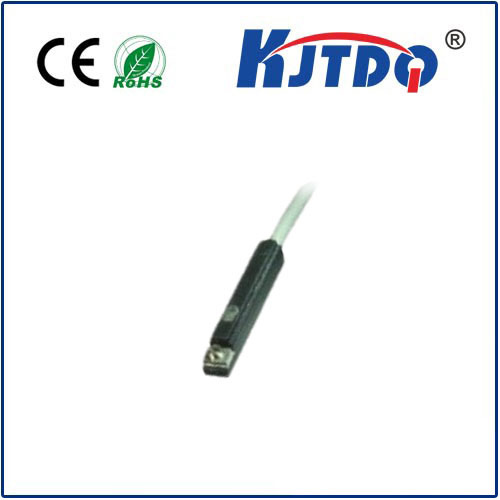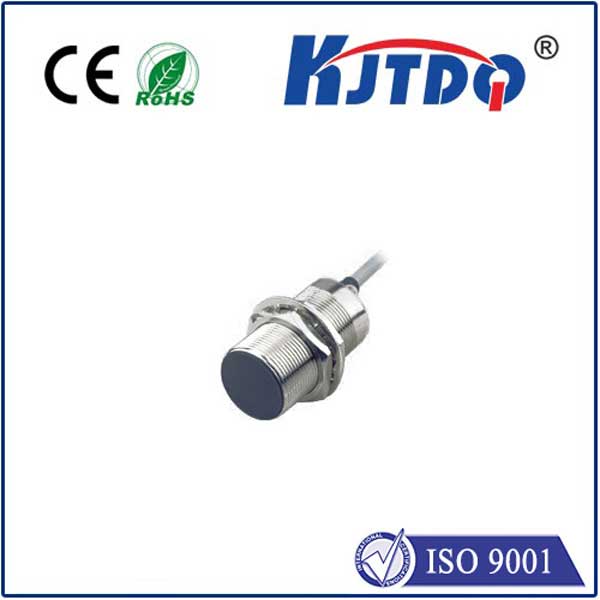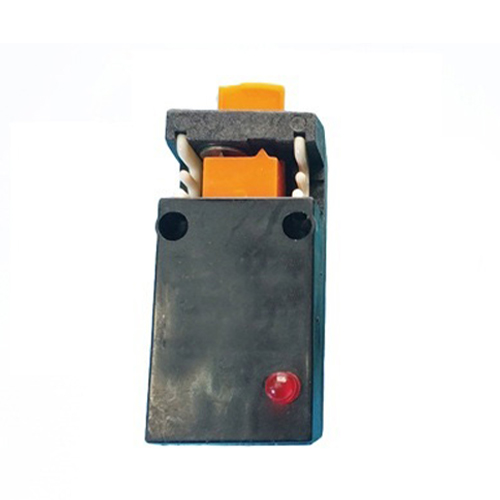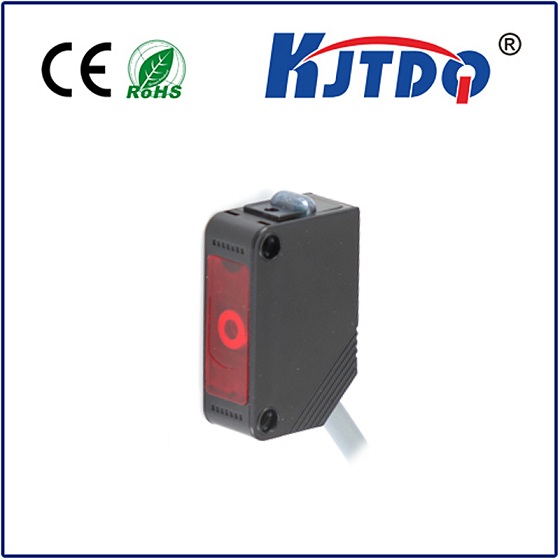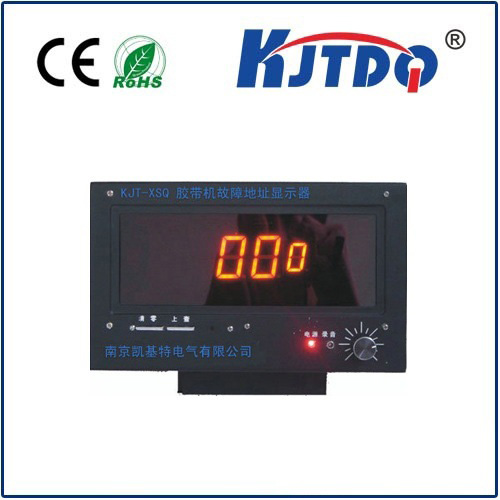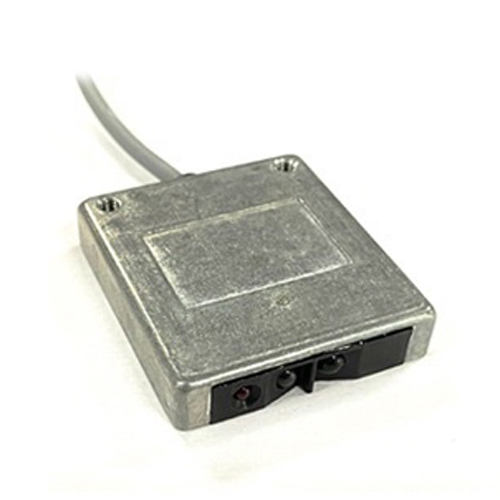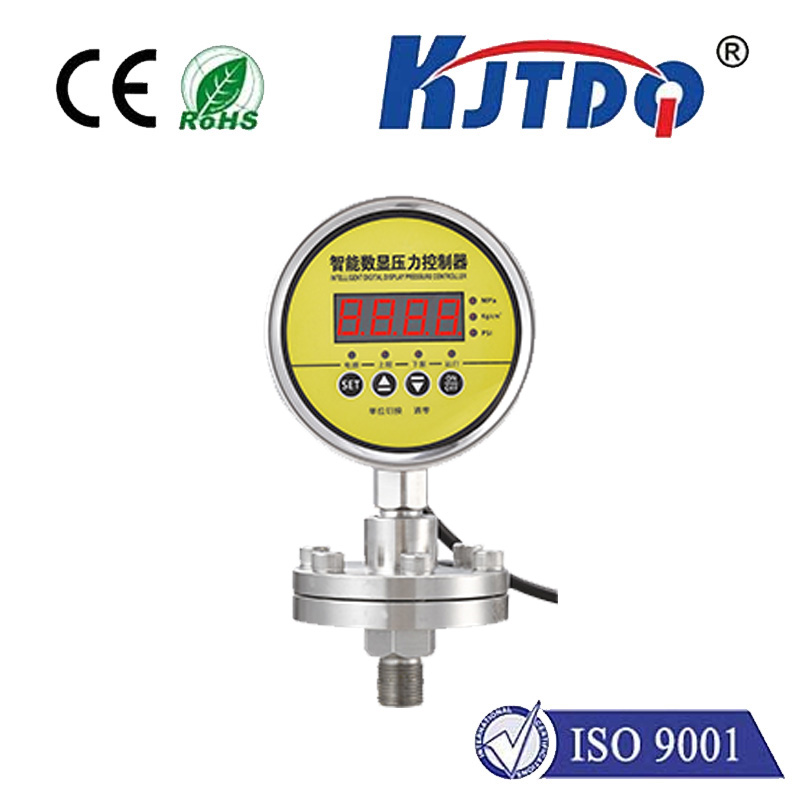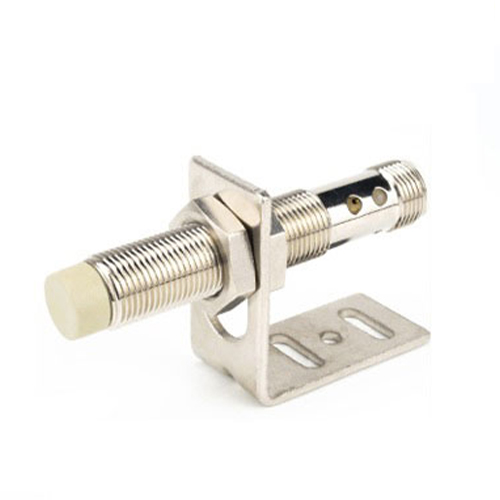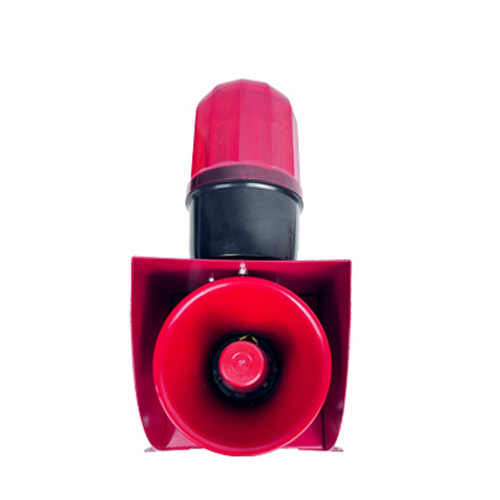laser temp sensor
- time:2025-08-28 04:08:45
- Click:0
Beyond the Thermometer: Unlocking Precision with Laser Temperature Sensors
Remember the days of struggling to get an accurate temperature reading from a steaming engine part or a distant electrical panel? Fumbling with contact probes that never seemed to settle? Enter the laser temperature sensor – a remarkable feat of modern infrared (IR) technology that allows you to measure heat from a distance, safely and precisely, often with nothing more than the push of a button. This ingenious tool has quietly revolutionized countless industries, transforming how we monitor and manage thermal processes. At its core, a laser temperature sensor isn’t actually measuring with the laser beam itself. Instead, it harnesses the power of infrared light emitted by all objects above absolute zero.
How Does This Invisible Thermometer Work?
Every object, whether it’s a running motor, a piece of molten metal, or even the human body, emits infrared radiation proportional to its temperature. A laser temperature sensor, more accurately termed a non-contact infrared thermometer or IR pyrometer, features a specialized lens that focuses this invisible infrared energy onto a detector. This detector, typically a thermopile or a microbolometer, then converts the collected IR radiation into an electrical signal. Sophisticated electronics and algorithms within the device translate this signal into a surface temperature reading displayed digitally.
So, where does the laser pointer come in? This is the clever part and a key feature for usability. The laser itself acts solely as an aiming guide. It provides a highly visible spot (or sometimes a crosshair) that precisely indicates the center of the instrument’s measurement area. This visual targeting system is invaluable, ensuring users know exactly what spot the IR sensor is focused on, especially at varying distances. It essentially designates the target area your invisible infrared “eye” is capturing.

Key Advantages Driving Widespread Adoption
The unique nature of non-contact temperature measurement via laser-guided IR sensors offers compelling advantages over traditional contact methods:
- Speed and Instantaneous Readings: Get readings in milliseconds. There’s no waiting for thermal equilibrium like with thermocouples or RTDs. Point, pull the trigger, and know the temperature instantly. This is crucial for dynamic processes or moving objects.
- Safety: This is paramount. Measure extremely hot surfaces (furnaces, pipelines, electrical components under load) or hazardous materials without any physical contact. Keep personnel safely away from burns, electrical hazards, or dangerous environments.
- Non-Invasive: Measure delicate surfaces (electronics, thin films, food products) or moving parts without touching or influencing the temperature of the object itself.
- Hygiene: In critical applications like food processing, pharmaceutical manufacturing, and healthcare, avoiding contact prevents contamination and maintains sterile environments. Measure surfaces without direct interaction.
- Distance Capability: Measure objects that are difficult to access – high-up motors, overhead electrical connections, components behind safety barriers, or even rotating machinery safely from afar. The effective range depends on the device’s optics and Distance-to-Spot (D:S) ratio.
- Measuring Moving Targets: Tracking temperature on conveyor belts, rotating shafts, or rapidly moving parts becomes feasible and straightforward.
Where Laser Temp Sensors Shine: Diverse Applications
The versatility of laser temperature sensors makes them indispensable tools across a vast array of fields:
- Industrial Maintenance: Predictive maintenance on motors, bearings, pumps, compressors, and electrical panels. Spotting overheated connections, relays, transformers, and breakers prevents costly downtime and fires.
- HVAC/R: Diagnosing HVAC system performance, identifying clogged ducts, refrigerant issues, compressor health, or verifying insulation effectiveness. Checking vent airflow and radiator temperatures.
- Automotive: Diagnosing engine cooling issues, exhaust manifolds, catalytic converters, brake systems (caliper heat after use), or wheel bearings for friction problems.
- Electrical Engineering: Essential for identifying hotspots in circuit boards, switchgear, fuse boxes, and battery packs. Verifying thermal performance in electrical design and troubleshooting faults.
- Food Industry: Monitoring critical control points (HACCP compliance) – cooking temperatures, chilling/freezing processes, storage temperatures, and serving temperatures without contaminating food. Checking pizza oven surfaces or fryer oil heat.
- Building Inspections: Detecting moisture intrusion behind walls (damp areas are cooler), insulation voids, leaks in underfloor heating, or overheating in electrical wiring within walls.
- Laboratories & Research: Providing quick, non-invasive surface temperature checks for samples, reactions, or equipment surfaces.
- Firefighting: Quickly locating overheated areas behind walls or doors during fire investigation and overhaul.
Understanding Limitations for Accurate Use
While incredibly powerful, laser temperature sensors have specific considerations:
- Measuring Surface, Not Internal Temperature: They measure the surface temperature radiating IR energy. Internal temperatures require different methods.
- Emissivity: This is critical! Emissivity refers to how efficiently a surface emits IR radiation compared to a perfect “blackbody.” Shiny metals (low emissivity) are harder to measure accurately than matte surfaces (high emissivity). Always check and adjust the emissivity setting on your device according to the target material’s properties for the most reliable reading.
- Distance to Spot Ratio (D:S Ratio): This specification tells you how large the measurement area is at a given distance. For example, a 10:1 ratio means that from 10 inches away, the sensor measures a spot 1 inch in diameter. For accurate measurement of small targets, you need a sensor with a higher D:S ratio or you must be physically closer.
- Environmental Factors: Heavy steam, smoke, dust, or strong ambient light sources can interfere with the IR path and affect readings. Always ensure a clear line of sight for best results.
- Optics: The lens must be clean. Dirt, scratches, or fogging will impair performance. Protect the lens shield.
- Laser Safety: The aiming laser should never be pointed directly at anyone’s eyes. While usually low-powered, it can still cause eye damage.
Getting the Most from Your Laser Temp Sensor
- Know Your Target’s Emissivity: Consult tables or conduct tests to set this correctly. Ignoring emissivity is the most common source of error.
- Respect the D:S Ratio: Get close enough for the target to fill the sensor’s field of view for pinpoint accuracy on small features.
- Steady Aim: Use the laser guide effectively. Hold the device steady perpendicular to and directly facing the target surface for optimal IR collection.
- Mind the Environment: Avoid aiming through steam, thick smoke, or intense sunlight reflecting off shiny surfaces.
- Calibrate Regularly: Like any precision instrument, periodic calibration ensures ongoing accuracy, especially for critical applications.
- Lens Care:







